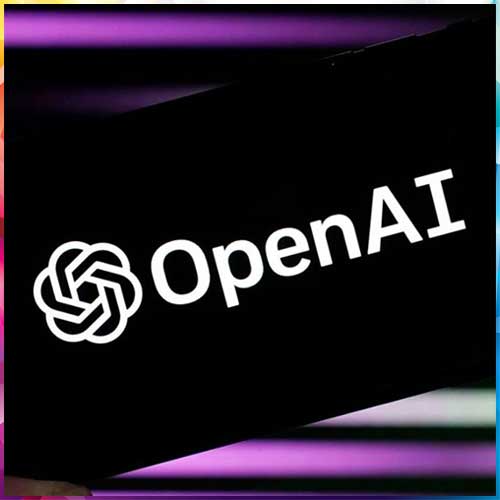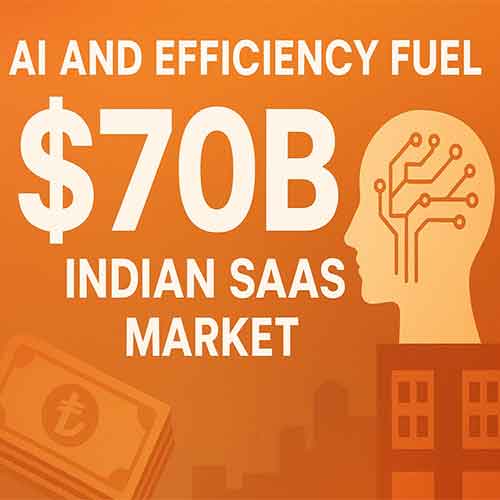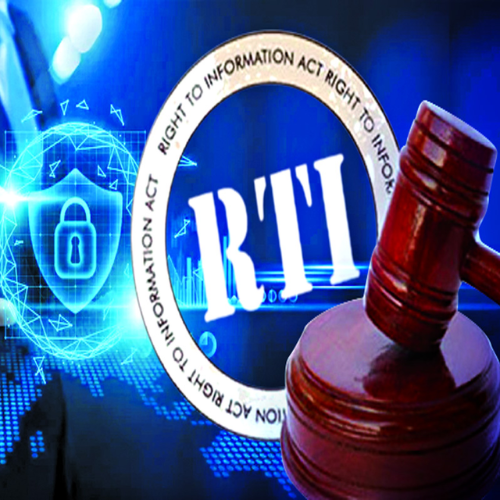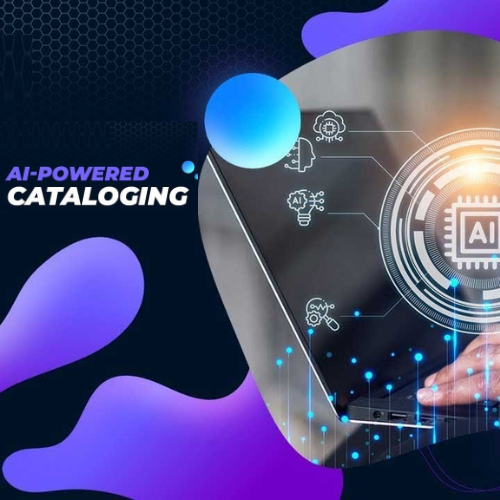
Gartner projects agentic AI to contribute 30% of global enterprise application software revenue—exceeding $450 billion by 2035—up from 2% in 2025, urging CIOs to act within six months to adopt its five-stage roadmap or risk lagging competitors
The integration of agentic artificial intelligence into enterprise applications is expected to accelerate dramatically over the next few years. According to new forecasts from Gartner Inc., 40% of enterprise applications will feature task-specific AI agents by 2026, a sharp increase from less than 5% today. These agents will go beyond traditional productivity tools, enabling smarter workflows and more collaborative interactions between humans and machines.
By 2035, Gartner estimates that agentic AI will generate around 30% of global enterprise application software revenue, surpassing $450 billion. This marks a significant jump from just 2% expected in 2025.
“AI agents are evolving rapidly, progressing from basic assistants embedded in enterprise applications today to task-specific agents by 2026 and ultimately multiagent ecosystems by 2029,” said Anushree Verma, Senior Director Analyst at Gartner. “This shift transforms enterprise applications from tools supporting individual productivity into platforms enabling seamless autonomous collaboration and dynamic workflow orchestration.”

Five stages of AI agent evolution
Gartner outlines five stages in the adoption of agentic AI, each marking a major step toward a fully autonomous enterprise environment.
· Stage 1 (by 2025): Nearly all enterprise applications will feature embedded AI assistants to streamline interactions. However, these assistants will remain dependent on human inputs. Gartner cautions against “agentwashing” — the misconception of equating assistants with true AI agents.
· Stage 2 (by 2026): AI assistants evolve into task-specific agents capable of independently handling specialised functions such as software development or incident response. Gartner predicts 40% of enterprise applications will reach this stage within two years.
· Stage 3 (by 2027): Enterprises will begin deploying collaborative agents with different skills that can work together within an application, addressing complex, multi-layered tasks.
· Stage 4 (by 2028): AI agent ecosystems will emerge, allowing networks of agents to operate across applications. Gartner expects a third of user experiences to shift from traditional applications to agent-driven interfaces at this stage.
· Stage 5 (by 2029): AI agents become the new normal, with at least half of knowledge workers expected to develop skills to create and govern agents on demand.
Strategic imperatives for CIOs
Gartner notes that CIOs have a critical three- to six-month window to define their organisation’s agentic AI strategy, given the pace of change. Failure to act early could leave businesses trailing competitors in adoption and governance.
“As agentic AI matures, standardised protocols and frameworks will enable seamless interoperability, allowing agents to sense their environments, orchestrate projects and support a wide range of business scenarios,” Verma said. “Early adopters will set the standard for the new normal while others risk falling behind as humans begin relying on AI agents as much as their smartphones.”
See What’s Next in Tech With the Fast Forward Newsletter
Tweets From @varindiamag
Nothing to see here - yet
When they Tweet, their Tweets will show up here.





























